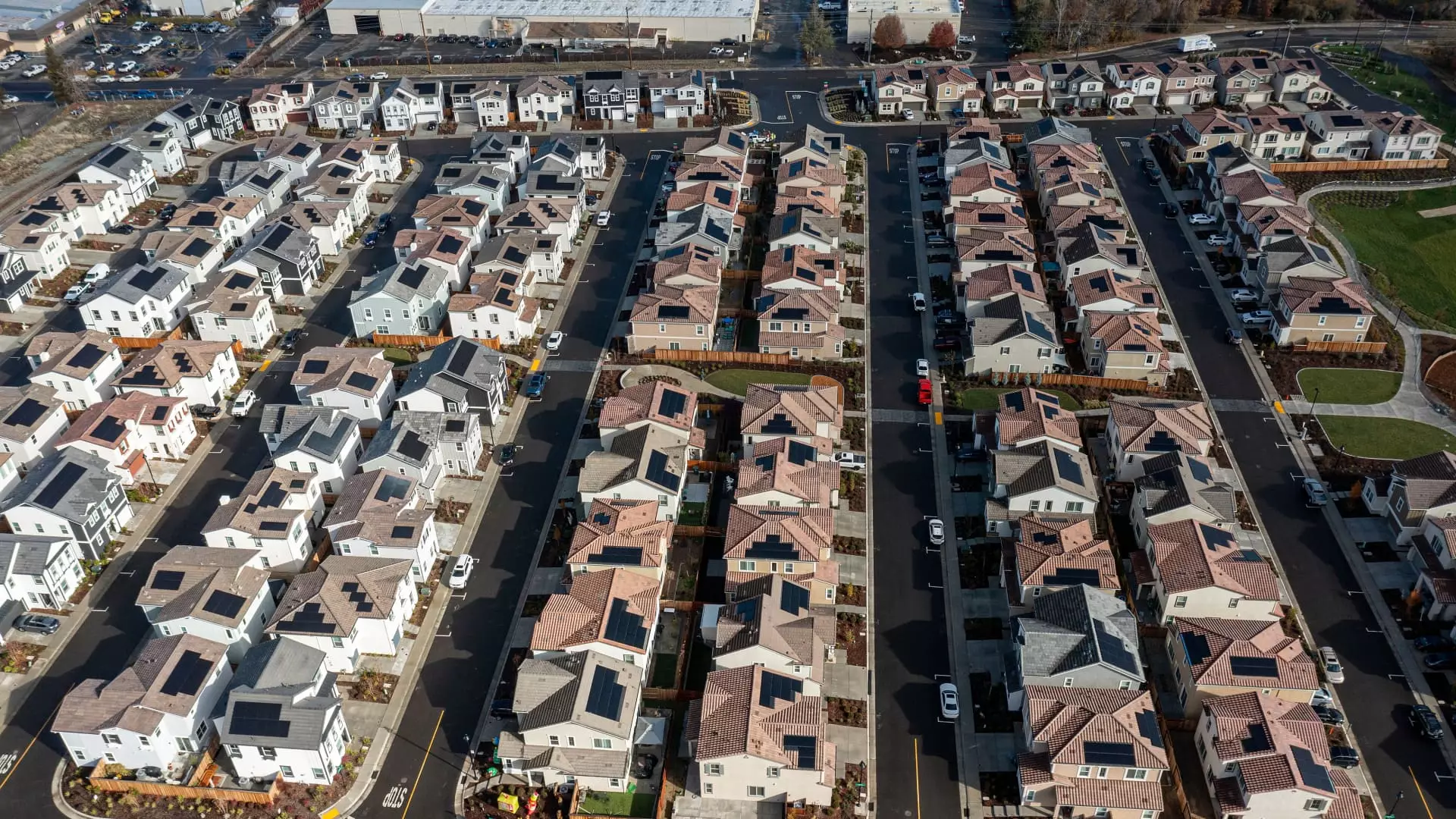The housing market continues to shatter records, with home prices hitting another all-time high in April. Despite a rise in mortgage rates and an increase in homes for sale, prices surged by 6.3% compared to the previous year. This marks the second consecutive month that the national index has exceeded its previous peak. The trend is unprecedented when considering historical market conditions.
While prices are soaring, the housing market is becoming increasingly unaffordable for both homeowners and renters. The housing cost burden has reached a new peak, making it one of the least affordable markets in U.S. history. Home prices are now 47% higher than they were in early 2020, with the median sale price being five times the median household income. Renters are also feeling the squeeze, as rents have climbed by 26% since 2020. More than half of all renter households are considered cost-burdened, with 12 million spending over half of their income on rent.
Supply and Demand Imbalance
The current housing market is plagued by an imbalance between supply and demand. Housing supply was already constrained before the Covid-19 pandemic due to a slow recovery from the 2008 financial crisis. The pandemic-induced housing boom further exacerbated the supply shortage, leading to record-low inventory levels. Although there has been an increase in new listings recently, supply remains sparse compared to strong demand. The surge in mortgage rates in April has also impacted affordability, causing some potential buyers to hold back.
Despite the challenges in the housing market, homes priced competitively continue to sell quickly. The latest data shows that well-priced homes are selling in just 13 days, which is only slightly slower than the previous year. Inventory levels have also risen, with a 3.7-month supply in May. A balanced market typically has a six-month supply, indicating that the market still leans towards sellers. The increase in inventory has led to a rise in the number of listings with price cuts, reaching the highest level in six years.
The housing market is currently facing a multitude of challenges, from soaring prices to affordability constraints and supply shortages. While there are signs of price growth slowing down, the market remains highly competitive, especially for buyers. It is crucial for stakeholders in the real estate industry to closely monitor these trends and adapt their strategies accordingly to navigate the evolving landscape of the housing market.

